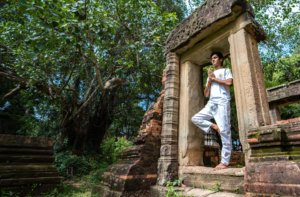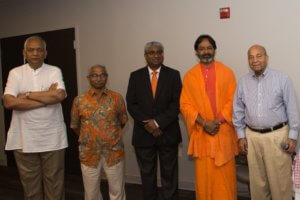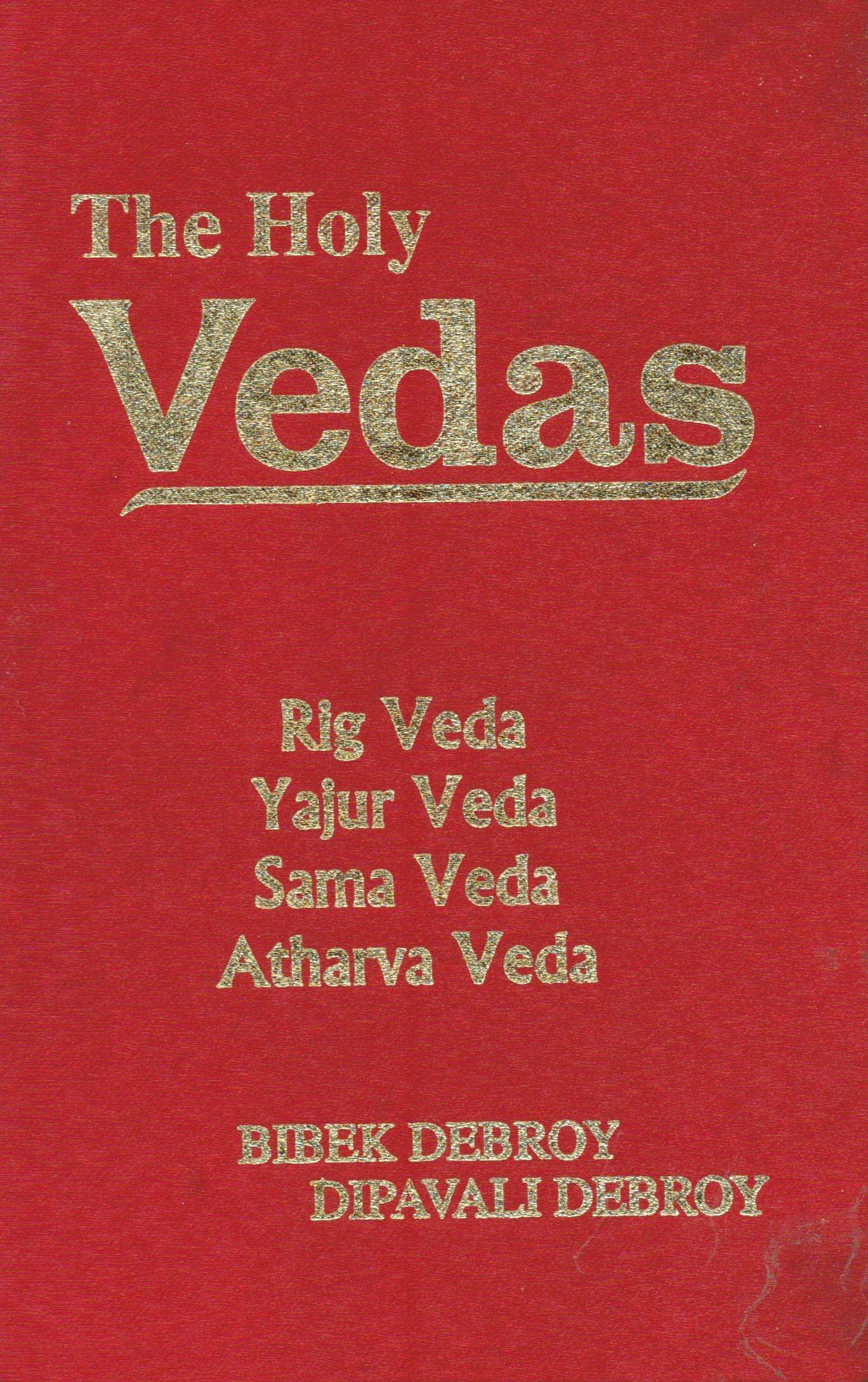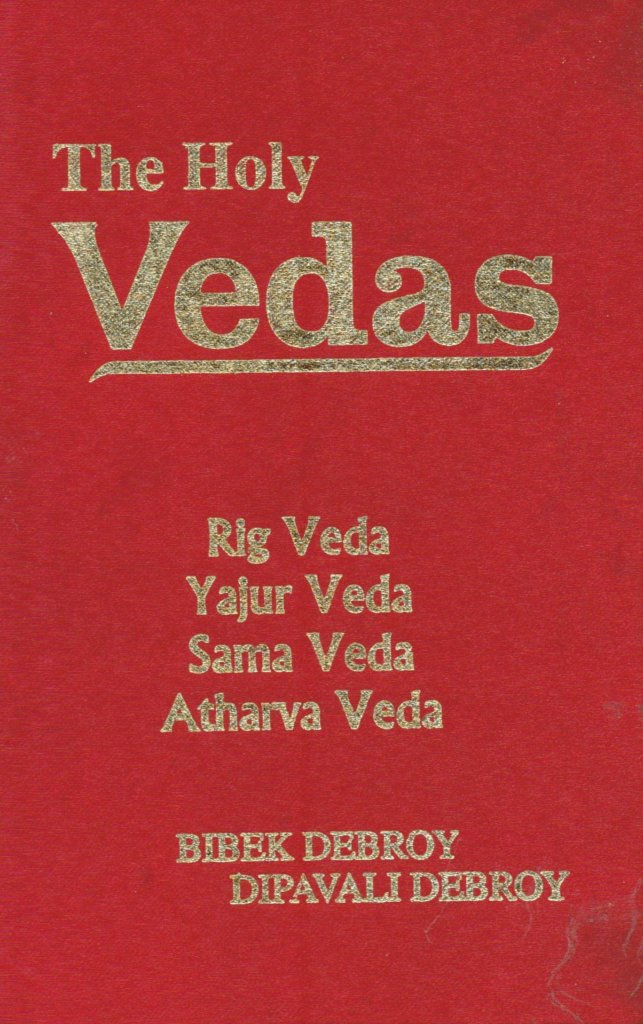Course Content
Identify the structure and classification of Yajurveda and Sāmaveda
Students will learn about the overall structure of both Vedas, including their organization into Saṁhitās (collections of hymns) and Brāhmaṇas (ritualistic explanations). They will differentiate between the two main schools within Yajurveda — Kṛṣṇa Yajurveda (Black) and Śukla Yajurveda (White) — focusing on their content and structural variations. Examples and illustrations will help solidify this understanding.
Explain the role of Yajurveda and Sāmaveda rituals in Vedic society
Students will explore how Yajurveda primarily focuses on the specific actions and mantras used by priests during rituals. Sāmaveda, on the other hand, concentrates on the melodic aspects of rituals, with its hymns specifically designed for chanting.
Compare the structure and content-based divergences among the internal classifications of Yajurveda and Sāmaveda through illustrations
Students will go beyond the basic classifications and explore the various sub-schools within both Yajurveda and Sāmaveda. Through provided illustrations, they will learn how these sub-schools differ in terms of content, structure, and organization.
Contrast the Sāmaveda-svarāmaṇḍala with modern Karnāṭik music (madhyamaḥ, gāndhāraḥ, ṛṣabhaḥ, ṣaḍjaḥ, niṣādaḥ, dhaivataḥ)
This module delves into the fascinating world of Sāmaveda’s unique melodic system—the Svarāmaṇḍala (musical scale). Students will explore it using terms like madhyamaḥ (middle), gāndhāraḥ (second), and ṛṣabhaḥ (third), comparing its structure with the melodic framework of modern Karnāṭik music.
Justify the effectiveness of Yajurveda rituals compared to Sāmaveda rituals in achieving specific goals within Vedic society
This objective encourages critical thinking. Students will compare the effectiveness of Yajurvedic and Sāmavedic rituals in achieving distinct societal and spiritual goals, analyzing the strengths of each ritual system for specific purposes.
Determine the similarities between Yajurveda’s Hiraṇyagarbhasūkta and Ṛgveda’s Nāsadīyasūkta
Students will bridge the connection between specific hymns from each Veda. They will analyze Yajurveda’s Hiraṇyagarbhasūkta (Hymn of the Golden Embryo) and Ṛgveda’s Nāsadīyasūkta (Hymn of Creation) to uncover their thematic and philosophical parallels.














